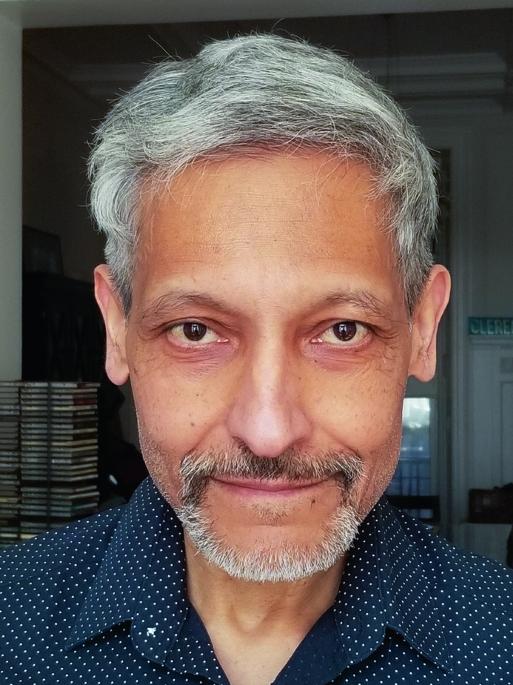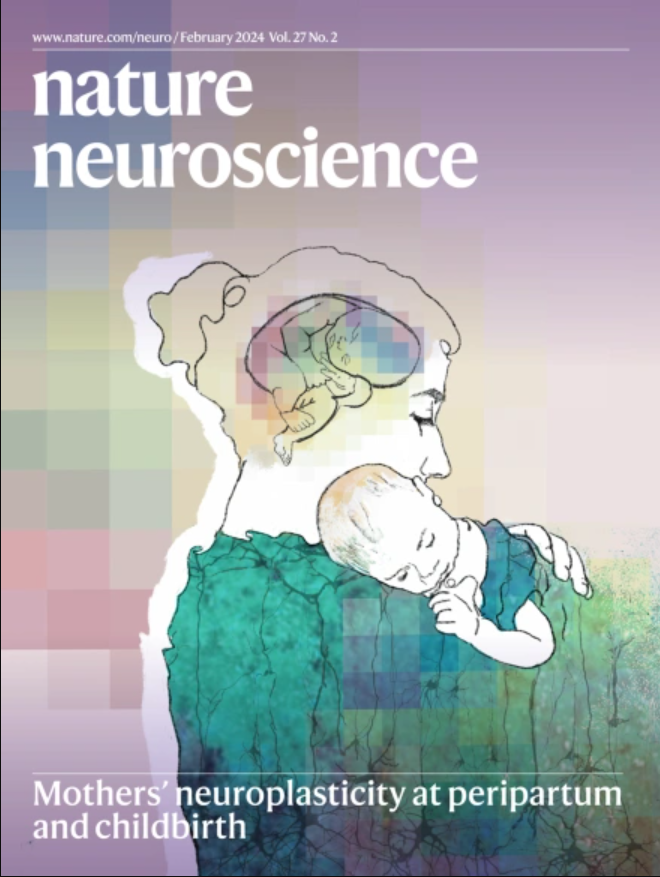与阿尼鲁达-达斯对话
IF 21.2
1区 医学
Q1 NEUROSCIENCES
引用次数: 0
摘要
为了庆祝美国的骄傲月,《自然-神经科学》杂志将与处于不同职业阶段的 LGBTQIA+ 科学家进行对话,讨论他们在研究中的个人和职业经历。在本期问答中,我们将与美国纽约哥伦比亚大学副教授阿尼鲁达-达斯(Aniruddha Das)进行对话。达斯的研究使用猕猴模型来探索视觉处理、注意力和动机的认知基础。本文章由计算机程序翻译,如有差异,请以英文原文为准。

In conversation with Aniruddha Das
To celebrate Pride month in the USA, Nature Neuroscience is having conversations with LGBTQIA+ scientists across multiple career stages to discuss their personal and professional experiences in research. In this Q&A, we are talking to Aniruddha Das, an associate professor at Columbia University, New York, USA. Das’s research uses macaque models to explore the cognitive basis of visual processing, attention, and motivation.
求助全文
通过发布文献求助,成功后即可免费获取论文全文。
去求助
来源期刊

Nature neuroscience
医学-神经科学
CiteScore
38.60
自引率
1.20%
发文量
212
审稿时长
1 months
期刊介绍:
Nature Neuroscience, a multidisciplinary journal, publishes papers of the utmost quality and significance across all realms of neuroscience. The editors welcome contributions spanning molecular, cellular, systems, and cognitive neuroscience, along with psychophysics, computational modeling, and nervous system disorders. While no area is off-limits, studies offering fundamental insights into nervous system function receive priority.
The journal offers high visibility to both readers and authors, fostering interdisciplinary communication and accessibility to a broad audience. It maintains high standards of copy editing and production, rigorous peer review, rapid publication, and operates independently from academic societies and other vested interests.
In addition to primary research, Nature Neuroscience features news and views, reviews, editorials, commentaries, perspectives, book reviews, and correspondence, aiming to serve as the voice of the global neuroscience community.
 求助内容:
求助内容: 应助结果提醒方式:
应助结果提醒方式:


